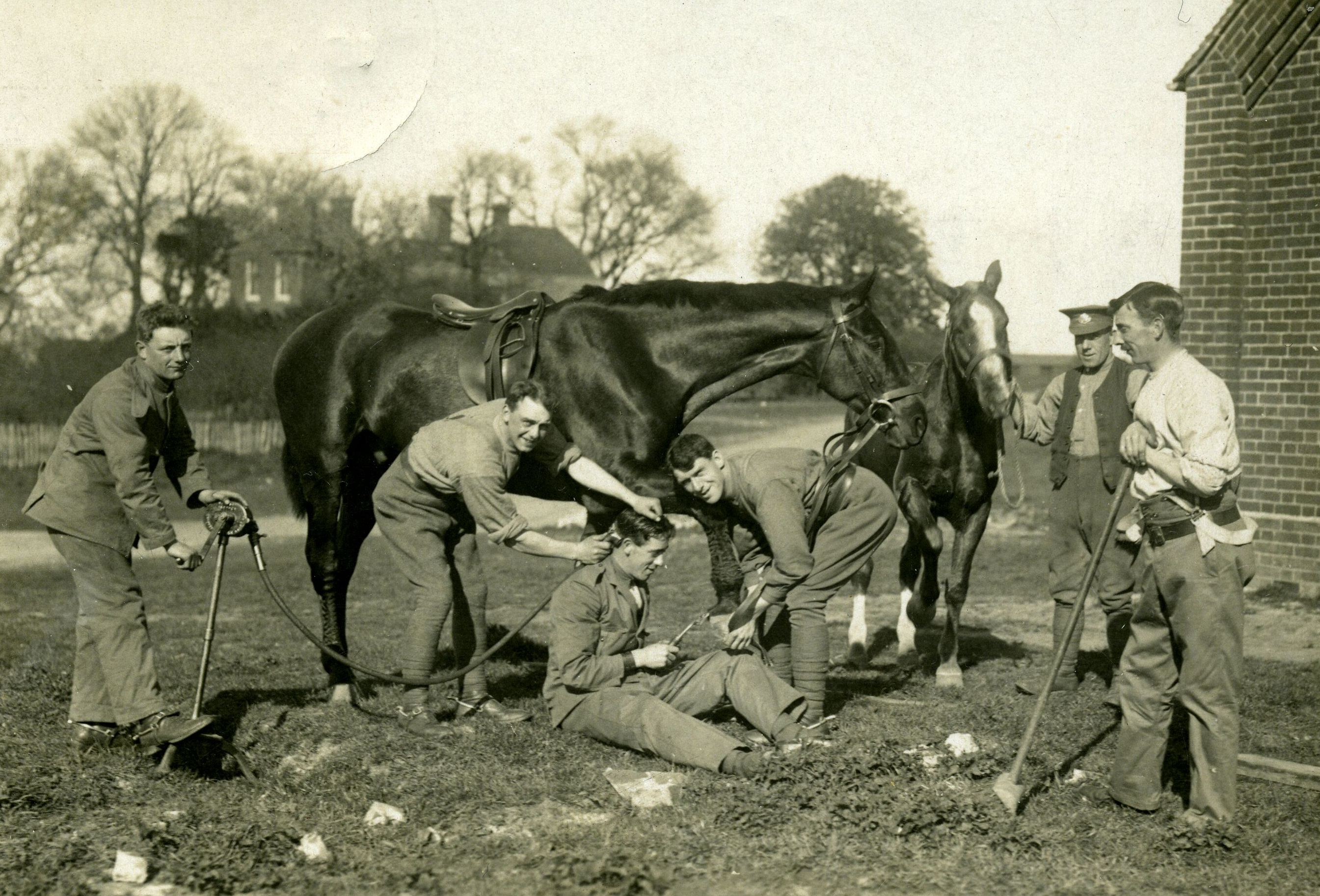Get Started - Essentials
With your help, the Home Front Legacy project will expand the First World War (WW1) information held by our local Historic Environment Records. HERs are a public source of information for archaeology, local history and family history research.
How you can help?
You don’t need any archaeology or fieldwork experience to take part in the project.
Even basic information is useful for our Historic Environment Records.
Basic information - Site location ( National Grid Reference) and type of site (for example- munitions factory, civil defence building or accommodation hut). You could contribute this basic information from desk research alone.
Simple steps
Step 1 - Desk Research - Essentials
Desk research enables you to develop an in depth understanding of your site together with a wider background knowledge about its context.
Your site, structure or building could have been for example a purpose built military structure, such as an airfield or practice trench system, or a building adapted for use in the Great War, such as a local village hall used as a drill hall, a factory turned over to munitions manufacture or an agricultural building.
Please note that War memorials are recorded elsewhere- War Memorials Online recording project.
Step 2 - Need to know
Is your site already on the Historic Environment Record? If so, you may wish to update your recording data, focusing on the condition and any threats to the site, and adding additional field observations or documentary detail.
Is your site listed or protected? If so at what level? If you can add to knowledge of its significance by adding data to the Historic Environment Record, it may be considered for higher designation.
Are there other associated sites in the area? Are there any known people associated with the site from 1914-18, or did any notable local events take place, such as Zeppelin raids or munitions’ explosions?
Contact your HER to find specific topics that could interest both you and them.
Step 3 - Prepare for your Site Visit
The decision to make a site visit is optional and may depend on your level of interest and experience. A good idea might be to team up with other people, so that your group has a range of skills and expertise.
Whether your site visit is in a local High Street or in a more rural setting, the same basics apply:
- Before you set foot on-site, you must have permission from the landowner, particularly for military sites. Legal requirements vary across the UK with some sites having both public and private access so it is best to check before you visit.
- You should also be aware of site safety and take care when working close to derelict buildings or earthworks. You may like to use our template to undertake a risk assessment of potential hazards to protect you and your recording team before you start your fieldwork.
Step 4 - Making your site visit
You are now ready to record your site using our recording tool kit. Register to access the on-line and mobile apps as well as Microsoft Word or PDF versions of our recording form.
You may like to equip yourself with binoculars, drawing and measuring equipment, a camera or camera phone and a mobile or tablet device if you are going to complete our recording form on-site.
The flexible online or mobile form speeds up the recording process with simple mapping technology, in-built term and date selection and file attachment. Where 3G signal is poor, you can bookmark the form on your device before you set out and complete it offline, submitting it later when your signal returns or via Wi-Fi. Alternatively download and print the paper form and transcribe it into the online form later.
Step 5 - Submit your record
Click submit on the online form to send your data including photographs and scans direct to the local Historic Environment Record or Sites and Monuments Record. You will receive an email acknowledgement and transcript of your submission. Press reset to submit a new recording.
Once submitted, your site will appear as a red pin on a public map of UK sites and projects. Viewers will be able to click on the pin to see your submitted data and any images and attachments.

Fovant Camp, Salisbury Plain courtesy Richard Osgood






